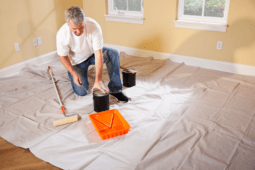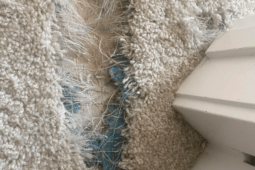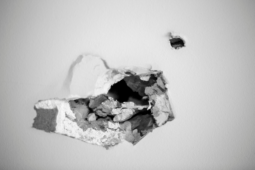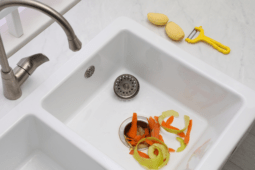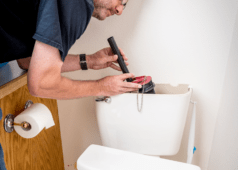DIY Termite Treatment – Essential Tips and Strategies for Homeowners
In the world of home maintenance, few things strike fear into the hearts of homeowners like the word “termites.” These tiny but mighty pests can wreak havoc on your property, causing significant structural damage that can be costly to repair. However, not all hope is lost if you find yourself facing a termite invasion. With the right knowledge and a bit of elbow grease, DIY termite treatment can be an effective way to rid your home of these unwelcome guests. In this guide, we’ll walk you through the essential steps and considerations for tackling termite treatment on your own.
Understanding the Enemy – A Closer Look at Termites and Their Habits
Before diving into treatment options, it’s crucial to understand what you’re up against. Termites thrive in moist environments and are often found in and around wooden structures. There are several types of termites, but the most common in residential areas are subterranean and drywood termites.
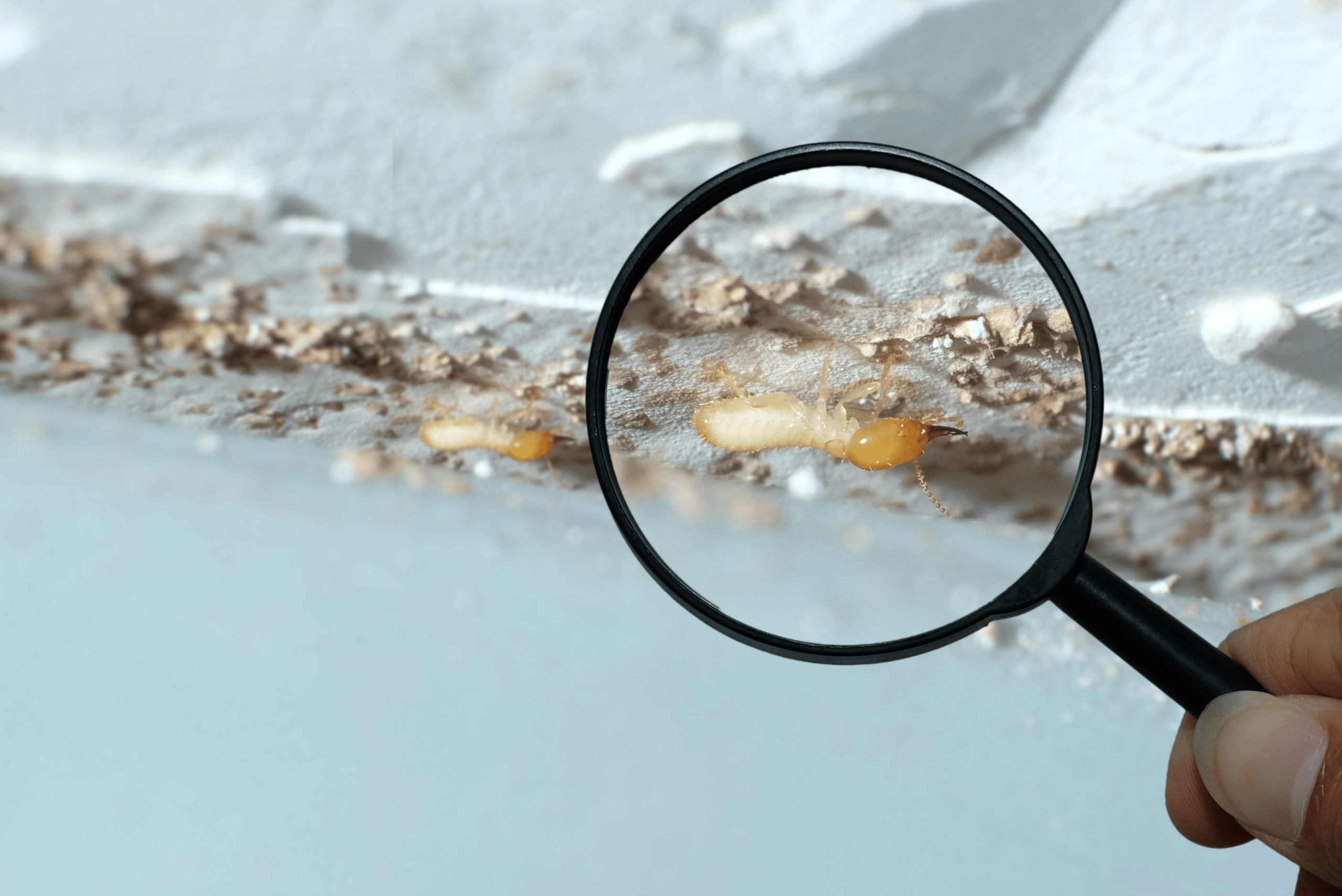
Subterranean termites build their colonies underground and create mud tubes to access food sources above ground, while drywood termites live directly in the wood they consume. Identifying the type of termite you’re dealing with is the first step in choosing an appropriate treatment method.
DIY Termite Treatment – Evaluating Your Options for a Pest-Free Home
Once you’ve identified your termite invaders, it’s time to consider your treatment options. For subterranean termites, baiting systems and termiticides can be effective DIY solutions. Bait stations are placed around the perimeter of your home to attract and eliminate termites. Liquid termiticides, on the other hand, create a barrier in the soil that kills termites as they attempt to pass through.
For drywood termites, treatment often involves injecting termiticides directly into infested wood or utilizing heat treatment to exterminate the pests. Each method has its pros and cons, so research and careful consideration are key to selecting the right approach for your situation.
The Importance of Early Detection and Regular Inspections
One of the keys to successful DIY termite treatment is early detection. Regular inspections of your property can help you identify termite activity before it becomes a full-blown infestation. Look for signs such as mud tubes on exterior walls, hollow-sounding wood, and frass (termite droppings) near wooden structures.
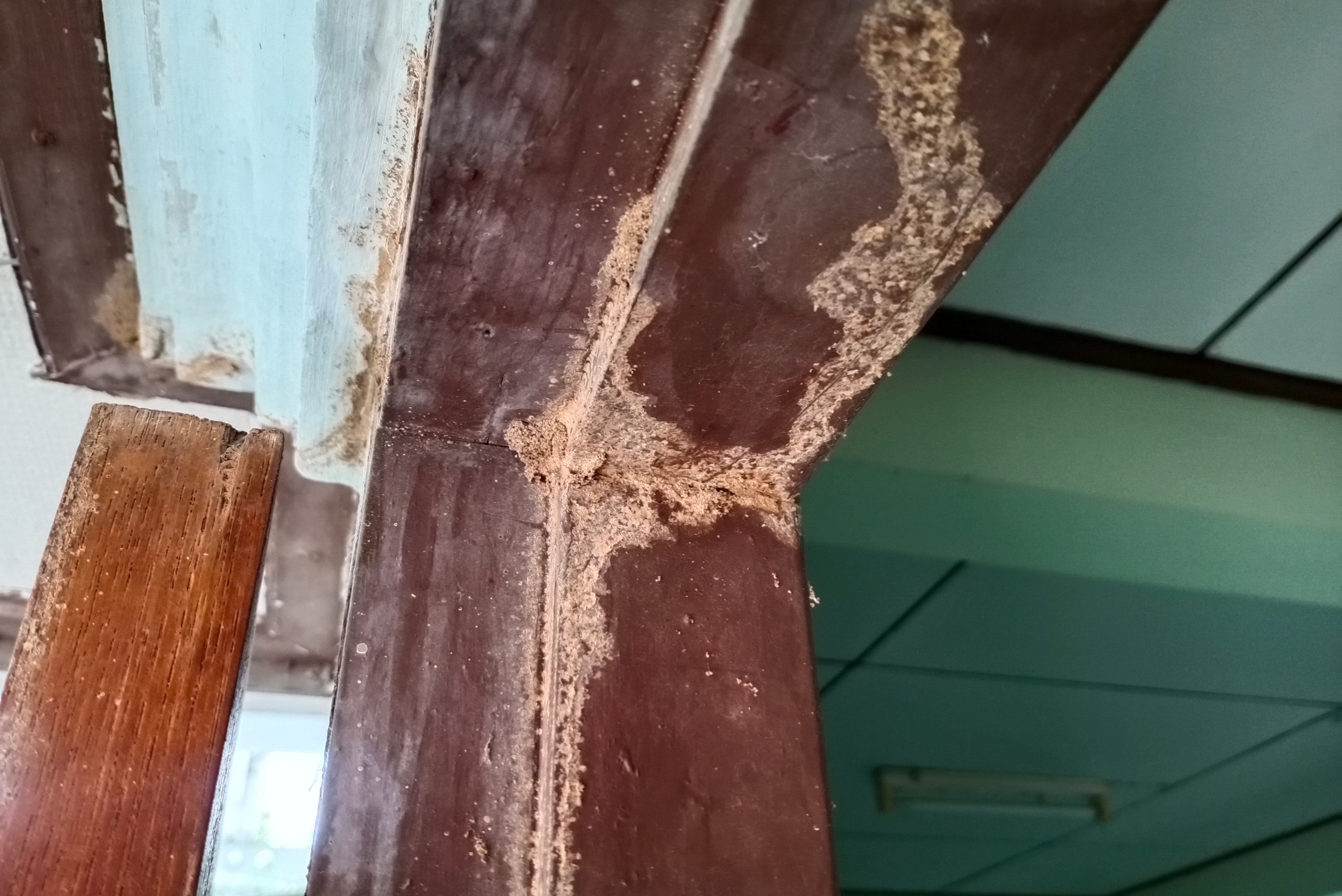
Catching termites early can make DIY treatment more manageable and less expensive in the long run. Additionally, periodic checks will help you monitor the effectiveness of your treatment and make any necessary adjustments.
Preventative Measures – Keeping Termites at Bay Before They Strike
Prevention is often the best defense against termites. There are several steps you can take to make your home less appealing to these pests. Reduce moisture around your property by fixing leaks and ensuring proper drainage.
Keep firewood and other wood debris away from the exterior of your house. Seal cracks and crevices in your home’s foundation to deny termites entry. By taking these preventative measures, you can greatly reduce the risk of a termite invasion and protect the integrity of your home.
When to Call in the Professionals – Recognizing the Limits of DIY Termite Treatment
While DIY termite treatment can be effective for minor infestations, there are times when professional help is needed. If your termite problem is extensive, or if you’re uncomfortable handling chemicals and bait systems, it’s wise to enlist the services of a pest control professional.
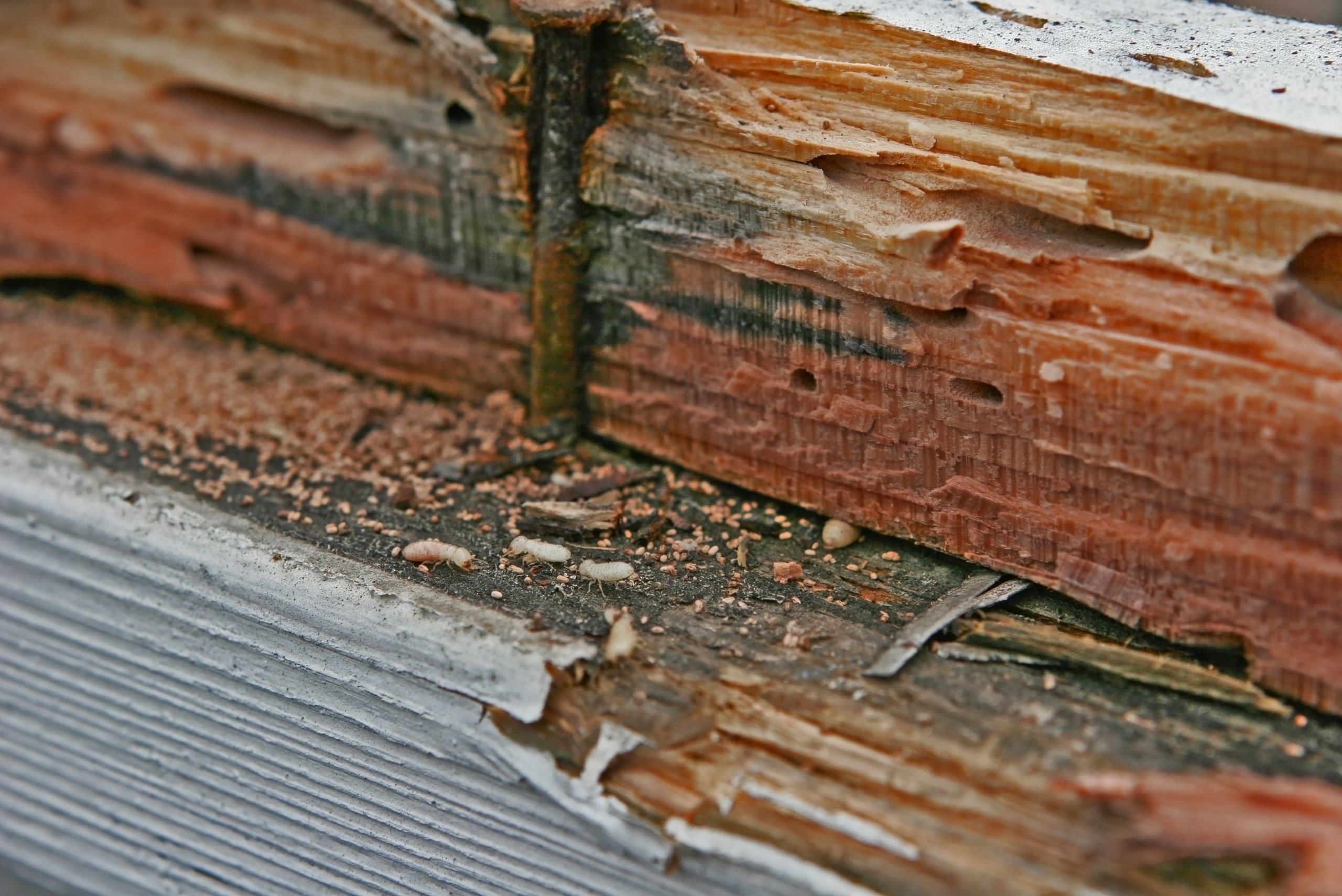
Experts have access to more potent treatments and can ensure that the job is done safely and effectively. Don’t hesitate to call in the pros if you’re dealing with a severe termite issue or if DIY methods fail to eliminate the problem.
Related Articles:
- Five Natural Pest Prevention Options To Try At Home
- Cockroach Control: Instantly Effective Methods
- DIY Mouse Trap: Homemade Solutions for Catching Mice
Dealing with termites can be a daunting task, but armed with the right knowledge and tools, DIY termite treatment can be a viable solution for many homeowners. By understanding termite behavior, exploring treatment options, conducting regular inspections, and taking preventative measures, you can protect your home from these destructive pests. Remember, early detection and action are key to success.
Ready to start your next project? Join our DIY community to receive tool tips, how-to guides, and exclusive creative insights. Subscribe to the ManMadeDIY newsletter now! Click here to unlock a world of hands-on inspiration.



